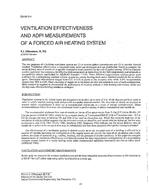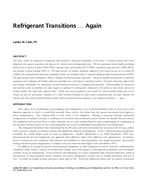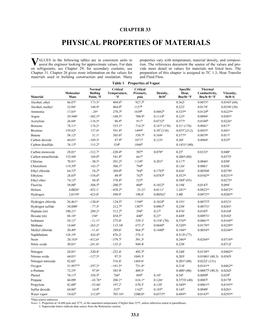This paper investigates the potential of bypassing some of the supply air flow around energy wheels to control their performance. The required bypass flow depends on the building design conditions, the fraction of recirculated air, the energy wheel effectiveness, and the outdoor conditions. Numerical and experimental results are presented that demonstrate the performance of energy wheels during bypass control or unbalanced supply and exhaust flow rates. To make bypass control easier to implement into energy simulation programs and building control systems, effectiveness correlations are presented that allow the designer to calculate the sensible, latent, and total effectiveness of energy wheels without detailed simulations. These correlations for effectiveness during unbalanced supply and exhaust mass flow rates agree with simulation data within ±3%.
Units: SI
Citation: ASHRAE Transactions, vol. 106, pt. 1
Product Details
- Published:
- 2000
- Number of Pages:
- 10
- File Size:
- 1 file , 680 KB
- Product Code(s):
- D-7320


